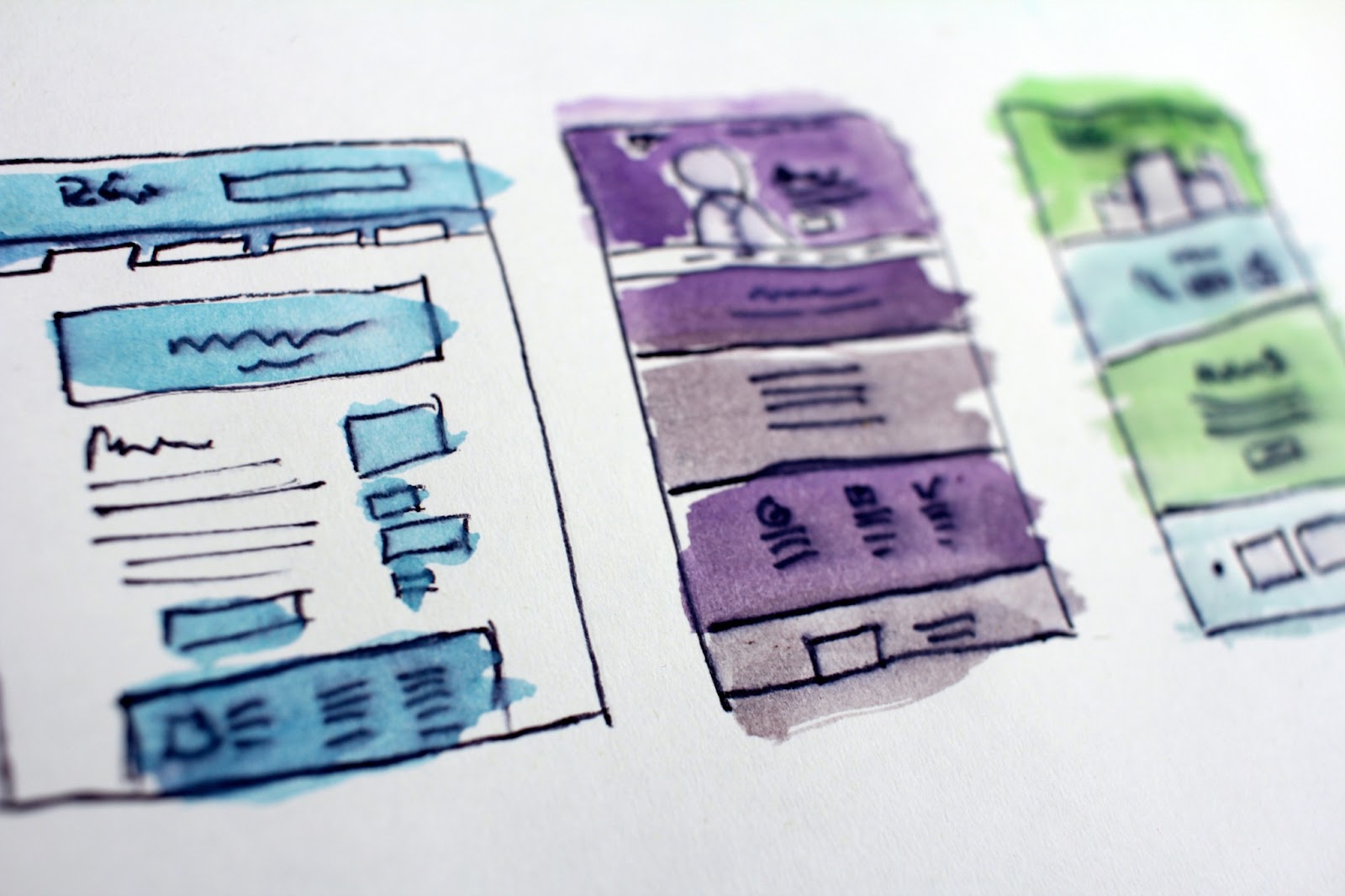-
Digital Marketing
We help you to use your digital potential. For a strong positioning, more visibility and more leads.
Get Growth ready
With the BEE.Transformance model, we bring continuous and profitable growth to your company. A new mindset for your team.
Industries
We transform your challenges into opportunities through the experience we have gained from projects in these industries.
-
HubSpot Services
As a HubSpot Diamond Partner, we help you implement your digital growth strategy with a focus on performance - by implementing and integrating new and existing systems as well as 3rd party apps.
HubSpot Thought Leader
As a HubSpot Diamond Partner with +50 certifications, host of the HubSpot User Group Zurich, HubSpot Trainer and HuSpot User Champions, you have access to in-depth HubSpot expertise.
HubSpot Solutions
The BEE.Theme offers you more creative freedom than any other theme on the market. Whether you're a beginner or a professional, a creative mind or a digital agency - with the BEE theme, you can easily unleash the maximum power for your pages in HubSpot CMS.
-
BEE.Blog
Knowledge around digital marketing, digital sales, technology, data intelligence and employees.
Knowledge Base
Pure knowledge: everything essential concentrated, compact, digitally prepared for you and ready to download.
What is inbound?
The most effective way to successfully combine digital marketing and digital sales.
-
BEE.Team
The BEE.Performers: many different characters - with one thing in common: the fascination for a digital world.
References
More than 100 large and small companies have already started with BEE: to more visibility, more performance, more growth.
Invest
Participate in the growth of BEE and become part of the BEE Growth Story by purchasing Digital Share Tokens.
We're hiring
Become a BEE.Performer! Are you ready for your own transformation?
How to burn your HubSpot CRM and Sales investment completely
What made you choose HubSpot? Perhaps you recognised the need for a more data-driven approach in your marketing strategy and sought out the best customer relationship management (CRM) system for the job. Maybe you’ve adopted the inbound methodology and know that HubSpot is the go-to software to help you implement this within your business.
The innovative platform promises to align your sales, marketing and service departments through automation and a detailed focus on the buyer’s journey.
Sounds good? Put it in your shopping cart, and let’s get started!
There’s no skirting around the fact that HubSpot comes with a premium price tag––you are, after all, paying for one of the top-ranking CRM and Sales platforms on the market. But in order to get a worthwhile return on investment (ROI), you need to use this tool to its full potential. Believe it or not, many businesses don’t. That’s why they end up missing out on significant opportunities in their pipeline.
When you purchase HubSpot, you’re making a commitment to continuous improvement, learning and optimisation. Taking a systematic approach to everything from integration, onboarding, campaign building, and analytics is the best way to reach your goals.
To ensure that you get maximum output from HubSpot, there are a few common mistakes you should avoid.
1.Your sales and marketing team still don’t gel
Alignment between sales and marketing is a key objective in HubSpot’s inbound model. You can’t simply bring in the software and not perform this integral step in the onboarding process. A new Sales and CRM platform provides opportunities to open the channels of communications between your sales and marketing departments. Set up procedures that both teams must follow to ensure that your lead conversion path is always optimised. Both teams must work towards a common goal that is mutually understood and agreed upon. When this happens, it becomes easier to interpret the data that the HubSpot CRM generates and use that to improve the actions that each team is taking to make those sales happen.
2. You haven’t embraced automation
Technology comes with many advantages; perhaps, most significantly, it gives us the power to automate boring, time-consuming tasks and get results faster. Your competitors may be miles ahead of you simply because their marketing automation game is strong. They may not necessarily have a better product or service than you, but their ability to quickly respond to enquiries and automatically place the prospect in the appropriate lead nurture sequence helps them to outpace you when it comes to conversions. Automation saves time, effort, and resources, helping to ensure that opportunities are quickly and accurately identified.
Use HubSpot to create customised workflows so that prospects can be directed towards the right sales representative in the right location. If you’re still reviewing and assigning prospects manually, you may be wasting a team member’s valuable time instead of simply applying some common parameters and protocols that help to automatically put that lead on the right trajectory. Your employees will be pleased to do more productive and cerebral tasks, while your new customer will experience less friction and be tended to much quicker.
3. Key HubSpot users aren’t sufficiently trained
Bringing new software into your company is sometimes met with resistance––especially if you’ve had a low success rate of choosing and integrating new technologies in the past. Employees may be wary of having to take time out of their busy day to learn how to use yet another tool. Getting buy-in from these stakeholders is hugely dependent on how well you train them so that they can immediately start experiencing the benefits of using the software. You can read more about this in this article: "Training Your Sales Team to Use HubSpot CRM: 5 Common Problems".
To make sure that HubSpot doesn’t turn into another redundant Sales and CRM tool in your tech stack, you should partner up with a HubSpot specialist who will not only teach your team how to effectively use the platform, but will help to set up the software for your company’s particular needs and effectively addresses its challenges.
HubSpot has a comprehensive online training academy with a wealth of courses that not only teach users how to navigate the platform, but also enhance the sales and marketing skill set of your employees through comprehensive courses designed and presented by HubSpot experts. Carve out time in your sales and marketing teams’ schedules to complete these courses, as they are essential for the success of your HubSpot rollout.
4. You’re not using the data
HubSpot is a multifunctional tool that records all data generated from your sales and marketing campaigns. If you’re not taking the time to review how your campaigns and strategies are performing, you’ll miss the opportunity to optimise features in your pipeline and adjust or remove things that aren’t working. To ensure that you’re attracting high-quality leads that will then go on to convert, it’s essential to A/B test everything, from your paid ad campaigns to your purpose-built landing pages and CTAs.
The data HubSpot generates can help you to make quick and effective decisions that will help you get more revenue from the best channels for your business. Observing the data and tracking the ROI will help you to cut your losses before it’s too late or inject funds into the most profitable ventures and sales funnels for your company.
Our tip: Make sure you read this article: “Why your reports might not reflect the reality of your business (Part 1)”.
5. Your dashboard isn’t customised
One of the great things about Hubspot is its customisability. Each team can tailor their dashboards to have an immediate overview of the metrics that they are responsible for, or the metrics that impact their day-to-day activities. The HubSpot CRM puts valuable information in front of the people who need to see it the most, but you have to determine what that information is first and include it in the relevant dashboard.
For a deeper analysis, individuals can apply filters and quickly extract the detailed data they need as well as insights on productivity and prospects in a salesperson’s pipeline. This ensures that leads are always engaged at the right time, and conversion opportunities aren’t being missed.
For step by steps instructions on how to customise your dashboards, visit HubSpot’s knowledge hub.
Fazit
HubSpot is a revolutionary sales and CRM tool that is well and truly worth the investment – over 103,000 customers in more than 120 countries can’t be wrong. But, to get the most out of the platform, it’s essential to set it up correctly and ensure that your team is well equipped to use it. That’s where a HubSpot partner can be a game-changing ally. We’ve got all the up-to-date content you need to get the maximum benefit from your HubSpot Sales and CRM suite; just sign up for a free work session here, and let’s get started.
Comment
Related Posts

How Many Team Members do I Need to Train for my HubSpot Software?
Dominik Brunner | 1 Apr 2021
So, you've decided to use the world's leading all-in-one marketing, sales and service software for your business. Great move! HubSpot is more than just a tool, it's an ...
reading time: 7min
Zum Blog

Mobile marketing strategy: tips and trends for your business success
Romy Fuchs | 25 May 2023
Have you ever fumbled into your pockets or shuffled through everything in your handbag trying to find your mobile phone? If so, you’re not alone. With 6.925 billion ...
reading time: 12min
Zum Blog

3 Inconvenient Website Redesign Truths and What BEE Does Different
Mattia Suter | 9 Dec 2021
If you want a professional, customised corporate website, you may be looking at a bill amounting to tens of thousands. If you've got that kind of budget, you'll want to ...
reading time: 6min
Zum Blog


